FUNDING CUTS IMPACT CT HUMANITIES: Help CT Humanities navigate recent funding cuts and continue our vital work across Connecticut. All donations made to CTH will be matched dollar-for-dollar up to $50,000. Donate today!
News & Updates
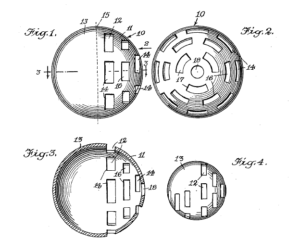
Wiffle Throws a Curve in American Leisure Time
When David N. Mullany created the concept for a lightweight ball, he didn’t know his invention would change the way children across the US played backyard baseball.
Read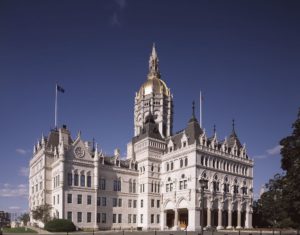
The State Cantata – Today in History: June 3
On June 3, 2003, the Connecticut General Assembly designated The Nutmeg, Homeland of Liberty by Dr. Stanley L. Ralph as the State Cantata.
Read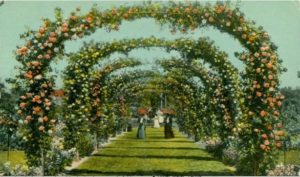
Elizabeth Park’s Rose Garden: June is Busting Out All Over
Boasting 15,000 bushes and about 800 varieties of roses, it is the oldest municipally operated rose garden in the country.
Read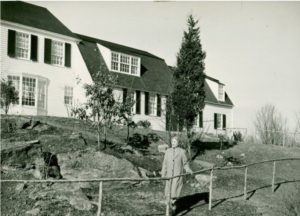
Helen Keller in Connecticut: The Last Years of a Legendary Crusader
The internationally known author, political activist, and lecturer, Helen Keller, made her final home in Easton.
Read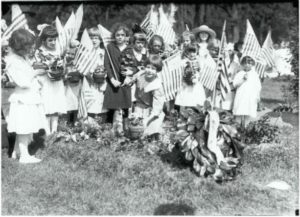
Memorial Day 1920 Brings a Changing of the Guard
In 1920, veterans groups played an active role in orchestrating Memorial Day observances in towns across Connecticut.
Read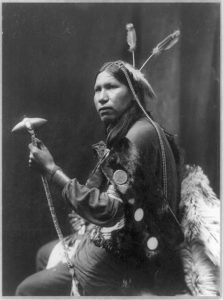
Rediscovering Albert Afraid-of-Hawk
While performing with one of Buffalo Bill’s Wild West shows in Danbury in 1900, Albert Afraid-of-Hawk, or Cetan Kokipa, died.
Read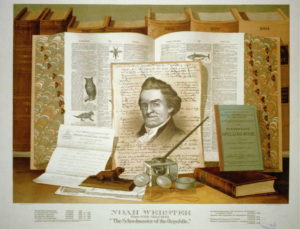
Noah Webster and the Dream of a Common Language
Best remembered for the dictionary that now bears his name, Noah Webster played a pivotal role in shaping the young nation’s political and social identity.
Read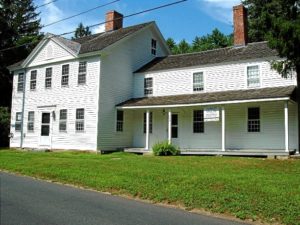
Providing Rest for the Weary in Barkhamsted
Built in the late 18th century, Squire’s Tavern represents over 100 years of adaptive reuse architecture.
Read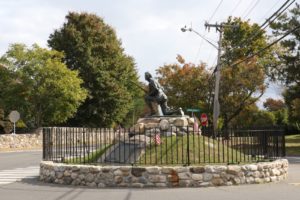
The Minute Man, Westport CT
On the morning of June 17, 1910, over a thousand Connecticut residents descended upon Westport for a patriotic, event-filled unveiling of The Minute Man monument.
Read
Alse Young Executed for Witchcraft – Today in History: May 26
On May 26, 1647, Alse Young of Windsor was the first person on record to be executed for witchcraft in the 13 colonies.
Read
Timeline: Settlement of the Colony of Connecticut
A timeline displaying the major events leading to Connecticut statehood, including its settlement by the Dutch, the origins of Hartford, Wethersfield, and Windsor, the founding of the Connecticut, New Haven, and Saybrook colonies, and Connecticut’s acquisition of a formal charter from England.
Read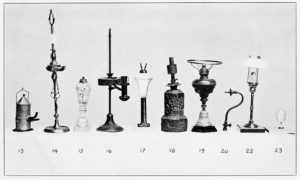
Connecticut Domestic Oil Lamp Makers
In a time before gas lamps and incandescent bulbs were more widely embraced, Connecticut firms made oil lamps using various fuels, burners, and different materials.
Read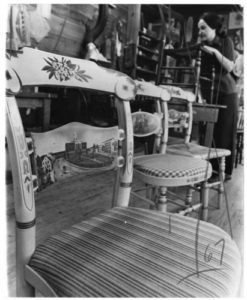
Built on Innovation, Saved by Nostalgia: Hitchcock Chair Company
In the 1820s Lambert Hitchcock adapted mass production concepts pioneered in the clock-making field to chair manufacture.
Read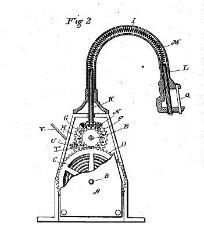
The Inventive Minds of Connecticut Women: Patents in the 19th Century
Between 1790 and 1930, Connecticut residents were issued the most patents in the US per capita, many of them inventions by women.
Read
W. J. Squire’s Gill Net Manufactory in East Haddam
In the early 1870s, Wilbur J. Squire (1837-1890) built his factory for the manufacture of gill nets in East Haddam.
Read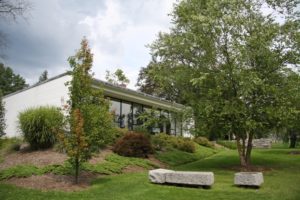
Modernism in Connecticut through Photographs
A creed as much as a style, Modernism rejected the forms of the past in favor of an architecture that reflected a new spirit of living.
Read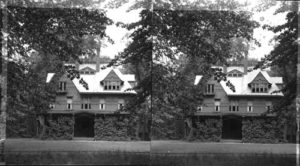
Charles Dudley Warner: 19th Century Writer and Social Commentator
Author Charles Dudley Warner penned significant volumes of work, leaving an impact through his enduring social commentary in the second half of the 19th century.
Read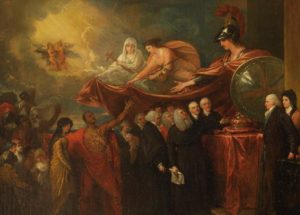
Connecticut’s Loyal Subjects: Toryism and the American Revolution
Loyalists in Connecticut, often acting on beliefs tied to relegion, proved particularly prominent in Fairfield County. Many of them fled to Canada rather than face imprisonment at New-Gate.
Read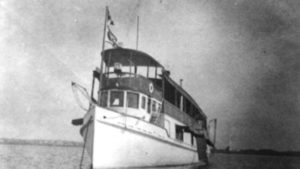
Aunt Polly and Its Preservation
Screen actor, director, and playwright William Gillette owned a houseboat he named Aunt Polly. He lived on the boat and entertained there while he awaited final construction of his Connecticut mansion in East Haddam.
Read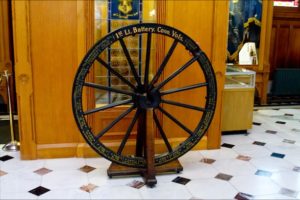
Gun Wheel of the First Light Battery, Connecticut Volunteers
A wheel damaged in battle now resides at the Connecticut State Capitol to commemorate the Civil War service of the First Light Battery Connecticut Volunteers.
Read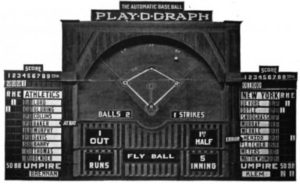
Re-creating Our National Pastime
The Baseball Playograph Company in Stamford brought live baseball to tens of thousands of Americans through the production of its “playograph” product.
Read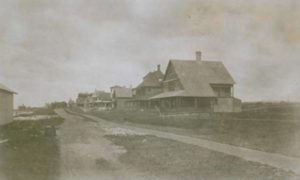
Paradise on the Sound: The Summer Colony at Fenwick
The history of this Old Saybrook community includes Stick-style architecture, Katherine Hepburn, and an iconic license plate image.
Read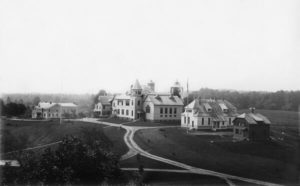
The Yale-Storrs Controversy
In the late 1800s, under pressure from frustrated farmers, the Connecticut General Assembly voted to transfer land-grant status and revenue from Yale to the Storrs Agricultural School (UConn).
Read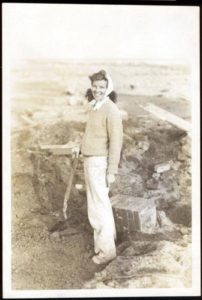
Katharine Hepburn Born – Today in History: May 12
On May 12, 1907, stage and screen legend Katharine Hepburn was born to Thomas Norval Hepburn and women’s right activist Katharine Houghton Hepburn.
Read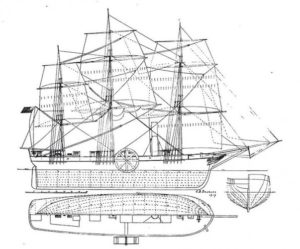
Steaming Across the Atlantic
New London’s advantageous location on Long Island Sound made it a center for innovation in the transportation of goods and services by sea.
Read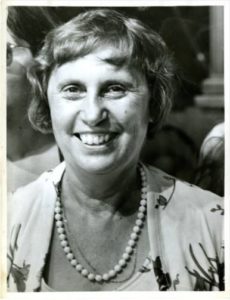
First Woman Elected as US State Governor Born – Today in History: May 10
On May 10, 1919, Ella Grasso, née Ella Rosa Giovanna Oliva Tambussi, the first woman governor in the US to be elected “in her own right,” was born in Windsor Locks.
Read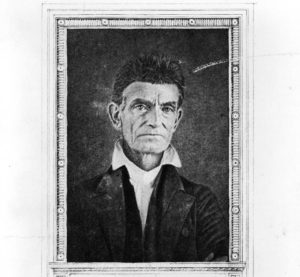
John Brown Born – Today in History: May 9
On May 9, 1800, the man who became a catalyst for the Civil War was born in an 18th-century saltbox house in West Torringford.
Read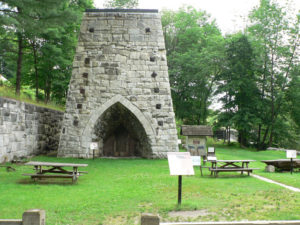
The Beckley Blast Furnace, East Canaan
The Beckley Blast Furnace, also known as East Canaan #2, is located in northwest corner of Connecticut on the Blackberry River.
Read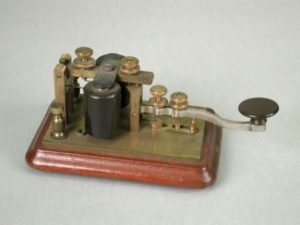
Learning about the Lusitania: How Hartford Heard the News
Citizens turned to outdoor bulletin boards, city bus drivers, and other lines of communication to get the latest news on the fate of the ship’s passengers.
Read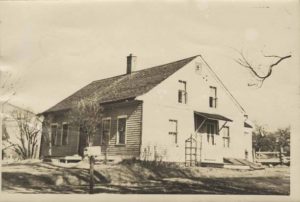
Amos Bronson Alcott Changes the Way Connecticut Children Learn
Amos Bronson Alcott was an educator and reformer born in Wolcott, Connecticut and father to best-selling author, Louisa May Alcott.
Read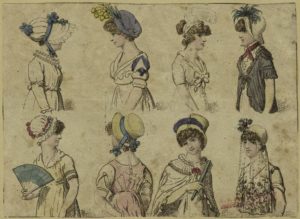
First Woman to Receive US Patent – Today in History: May 5
On May 5, 1809, Mrs. Mary Kies of South Killingly became the first woman in the United States to receive a patent.
Read
Artist Frederic Church Born – Today in History: May 4
On May 4, 1826, the great American landscape painter Frederic Edwin Church was born to a wealthy Hartford family.
Read
Stagecoach Sustained Commerce and Communication in 1800s
In its early 19th-century heyday, stagecoach travel was a large-scale enterprise and a source of livelihood for many state residents.
Read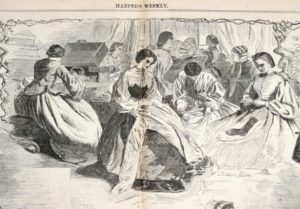
Crisis Management during the American Civil War: The Hartford Soldiers’ Aid Society
The Hartford Soldiers’ Aid Society was one of the most important relief organizations during the Civil War and provided new opportunities for women in the public sphere.
Read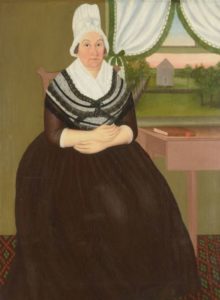
A Connecticut Painter Finds His Voice through Colonial Folk Art
John Brewster Jr. was one of the preeminent portrait artists of the late 18th and early 19th centuries.
Read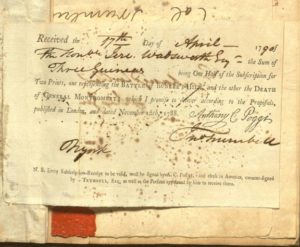
Jeremiah Wadsworth, “foremost in every enterprise”
Jeremiah Wadsworth was a sea-going merchant, commissary general to the Continental army, and founder of the nation’s first banks.
Read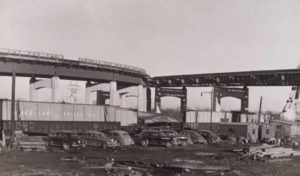
Last State Highway Toll Paid – Today in History: April 28
On April 28, 1989, William Thornton paid the last state highway toll in Connecticut on the Charter Oak Bridge.
Read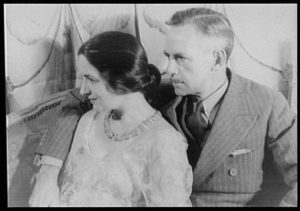
Eugene O’Neill’s Connecticut Connections
Playwright Eugene O’Neill drew inspiration for much of his work from his childhood hometown of New London.
Read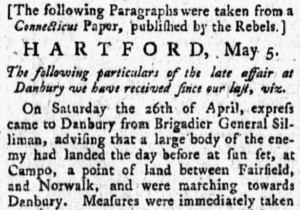
The Burning of Danbury
In April of 1777, British forces under Major General William Tryon led a raid on patriot supplies stored in Danbury, Connecticut.
Read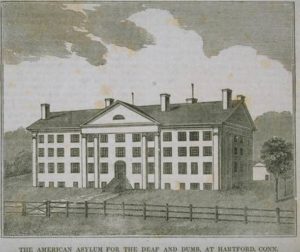
Gallaudet’s Vision Advances Deaf Education
Thomas Hopkins Gallaudet is acclaimed today for pioneering education for the deaf in the US and establishing the American School for the Deaf in Connecticut.
Read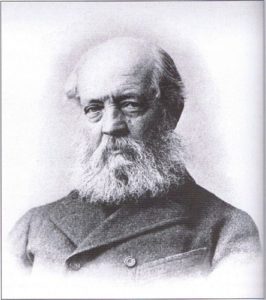
Landscape Architecture Helps in Healing – Who Knew?
Frederick Law Olmsted re-designed the grounds on the campus of the Hartford Retreat for the Insane to help induce healing and serenity.
Read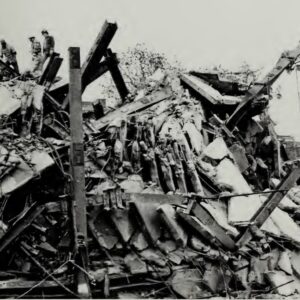
The Collapse of the L’Ambiance Plaza
On April 23, 1987, twenty-eight workers lost their lives during a collapse at the L’Ambiance Plaza construction site in Bridgeport.
Read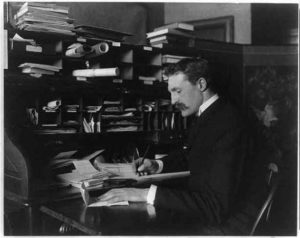
Gifford Pinchot: Bridging Two Eras of National Conservation
Connecticut-born Gifford Pinochet oversaw the rapid expansion of national forest land holdings in the early 1900s.
Read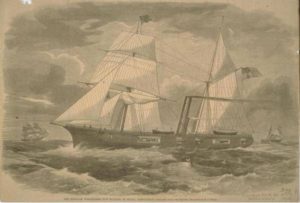
Ironclad Commissioned – Today in History: April 21
On April 21, 1862, the USS Galena was commissioned with a crew of 160 men.
Read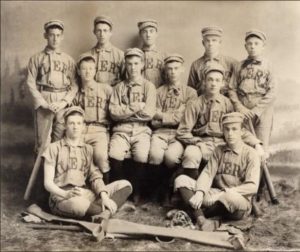
Danbury Baseball History Covers All the Bases
From the hometown teams to the 1903 World Series, Danbury has surprising connections to America’s favorite pastime.
Read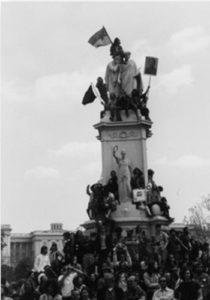
Vietnam Veterans Against the War – Today in History: April 19
On April 19, 1971, Vietnam veterans groups from Hartford, New Haven, and Stamford joined demonstrations in Washington, DC.
Read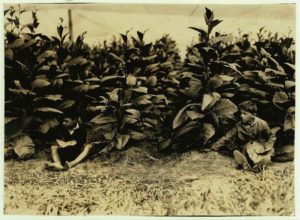
Child Labor in Connecticut
While Connecticut proved to be one of the more progressive states when it came to child labor laws, it still took federal legislation to protect children in the workplace.
Read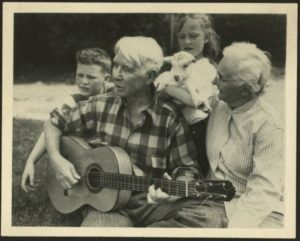
Carl Sandburg, Poet from the Grassroots, Reaches Connecticut Audiences
Popular poet, singer, and activist Carl Sandburg had numerous connections to Connecticut and promoted social reform in the early 20th century.
Read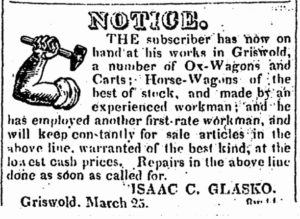
Blacksmith Isaac Glasko Challenges the State Constitution
Isaac Glasko was a blacksmith of mixed African American and Native American descent who challenged 19th-century voting rights in Connecticut.
Read
Bridgeport Women Answer the Call – Today in History: April 15
On April 15, 1861, the women of Bridgeport created the nation’s first soldiers’ aid society during the American Civil War.
ReadMore Articles




